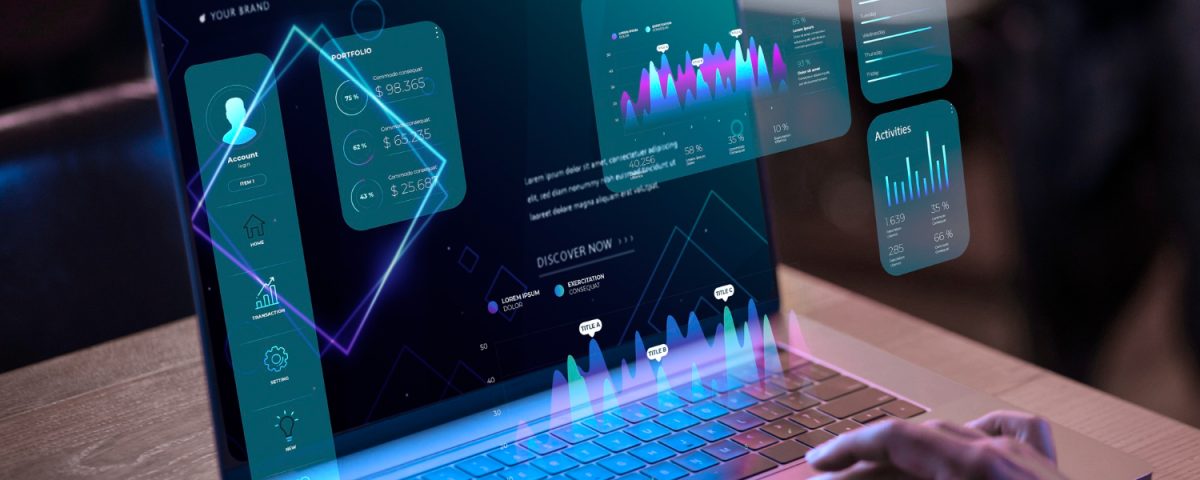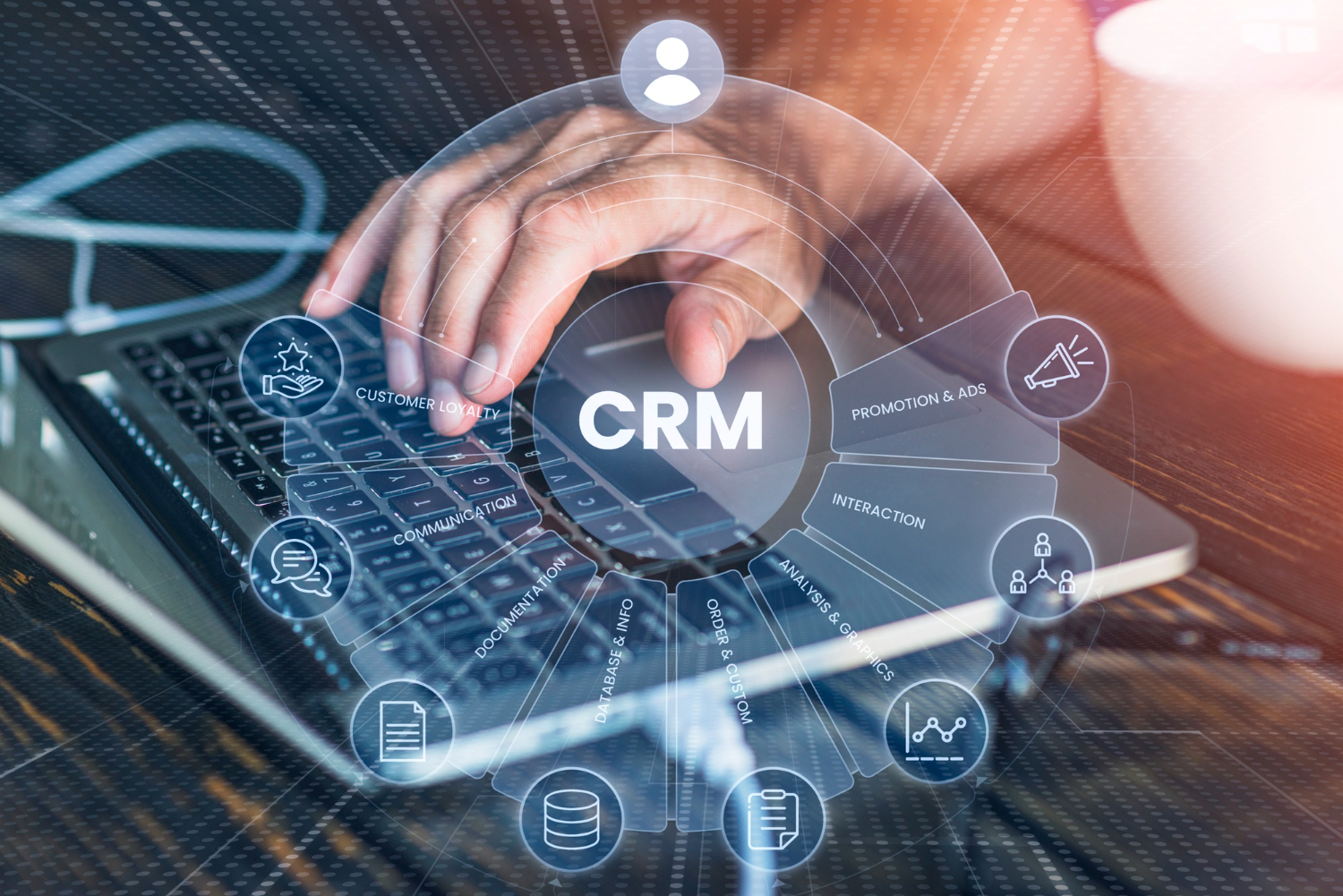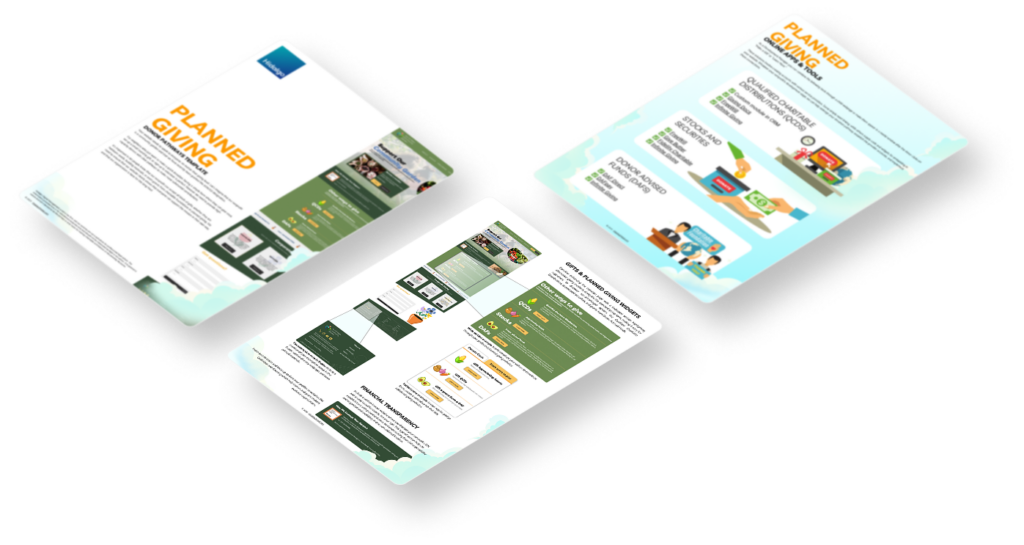Supporting Components
Trackable Links (UTMs)
Urchin Tracking Modules (UTM) allow you to gather trackable data from diverse sources. Frequently used in digital banner ads and email marketing buttons, UTM links let you specify the Medium (traffic type), Source (traffic origin), and Campaign (traffic purpose) of any link, tagging the traffic for seamless integration into Google Analytics reports.
Analytics
Along with a CRM, the use of data tracking and analytics allows a nonprofit to identify trends and patterns in donor behavior. These trackers attach to your digital communications (website, emails, shared links, etc.) and provide detailed data, including demographic information about your audience.
Donation Landing Pages
A donation landing page is a dedicated webpage designed to encourage and facilitate financial contributions from visitors for a specific cause, organization, or campaign. It typically includes compelling visuals, persuasive messaging, and a user-friendly donation form to maximize conversion rates.
Donor Micro-Sites
This is a dedicated, customized web page designed to engage and provide tailored information to specific donors about projects, financial transparency reports, which can enhance their giving experience and interaction with your non-profit, just as an “Investor’s Relations” in a for-profit business page would. Some CRMs provide the ability for donors to access their dashboards with exclusively tailored media.
eStores
You may also choose to generate income through classes, events, and selling items. Make sure your donor database can track sales and connect them to donor records. This helps with reports and accounting. Remember to consider taxes and fees on these sales. Most CRM systems and payment processors offer customizable forms and button elements that smoothly incorporate UTM tracking parameters.
Dynamic Content
Web content may seem static, however it can be adjusted depending on who is looking at it, from where, and at what time. This is possible by using server-side technologies and tags that automatically update and personalize content based on user interactions, preferences, or other data. A “Donate Now” button in one state can display instead, “Ways to help our cause” in another state.




